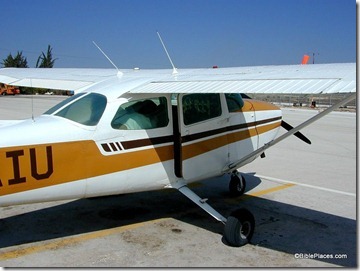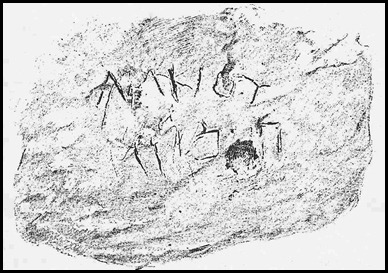Archaeologists excavating at Magdala have discovered a sword from the Roman period.
Two ancient synagogues in Israel were vandalized in the last week: Hammat Tiberias and Naaran (near Jericho).
The judge in the James Ossuary forgery case gave the prosecution a month to justify their desire to confiscate dozens of objects from the collection of Oded Golan.
Joe Yudin describes the aliyah (“going up”) to Jerusalem from Israel’s international airport.
Though housed in a single building, the traditional tomb of David and the Upper Room don’t seem to have much in common. Wayne Stiles disagrees.
Mark Wilson has crossed a Pauline site off of his “bucket list” with his recent visit to Antipatris. We might note that the new Pictorial Library of Bible Lands has photos of every site that Paul is recorded as having visited, with one exception.
HT: Paleojudaica
Photo by Moti Dolev/National Parks Authority.



